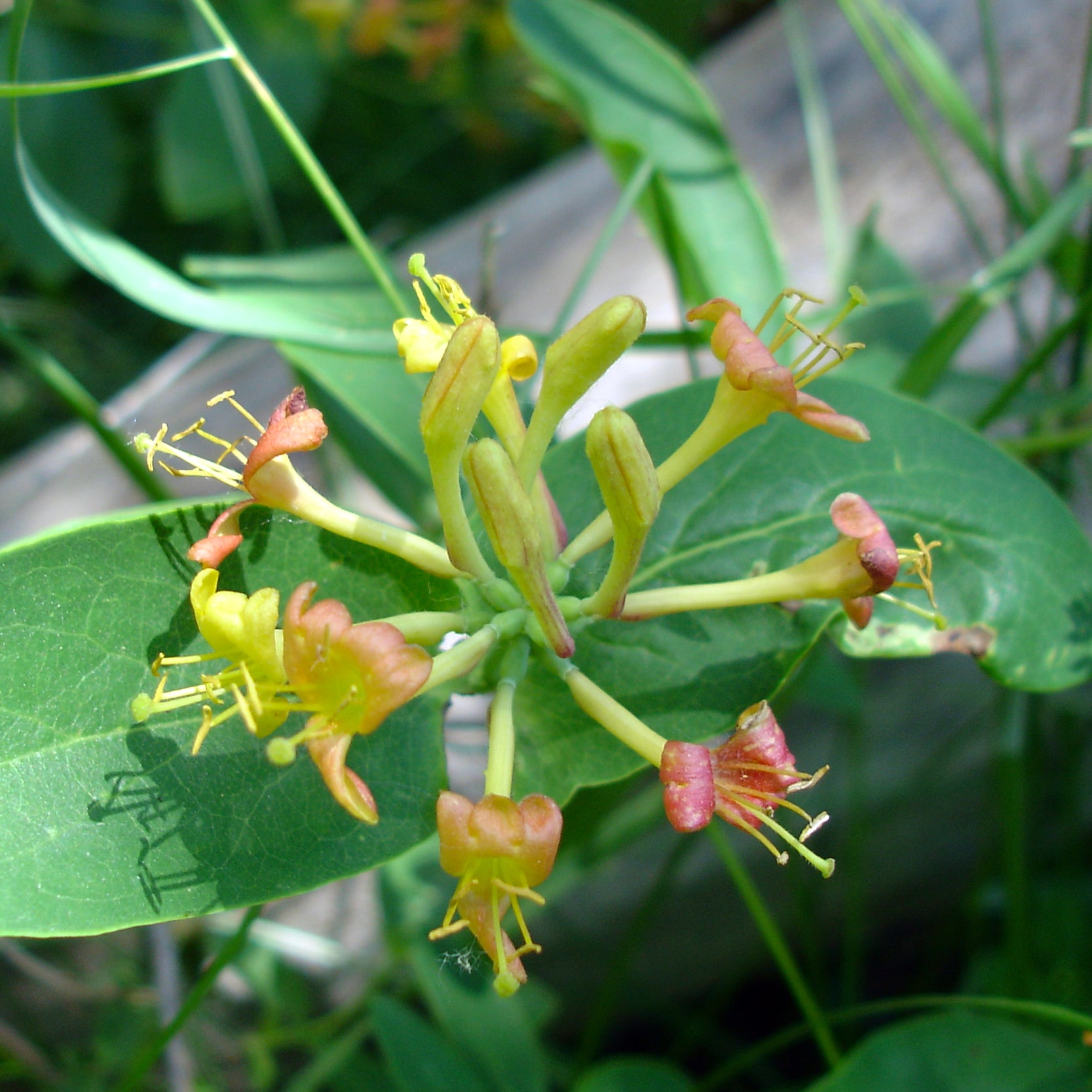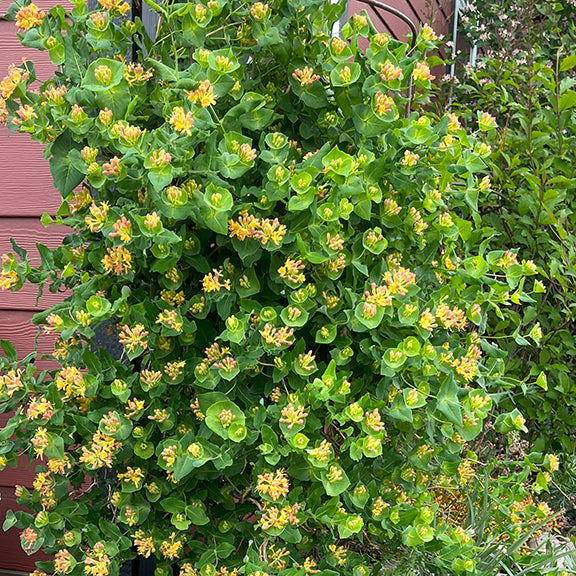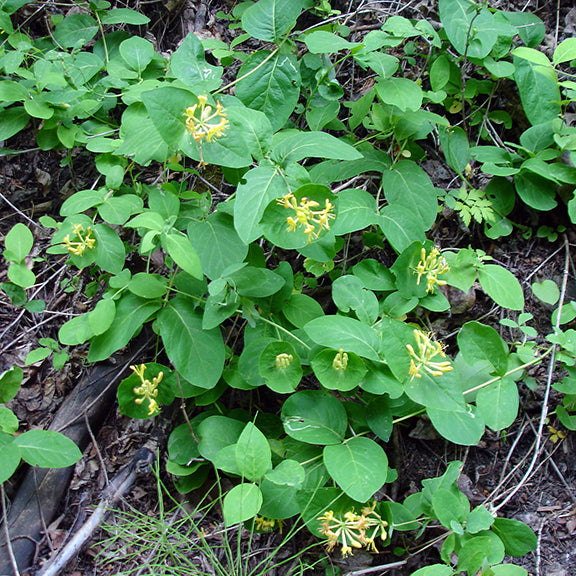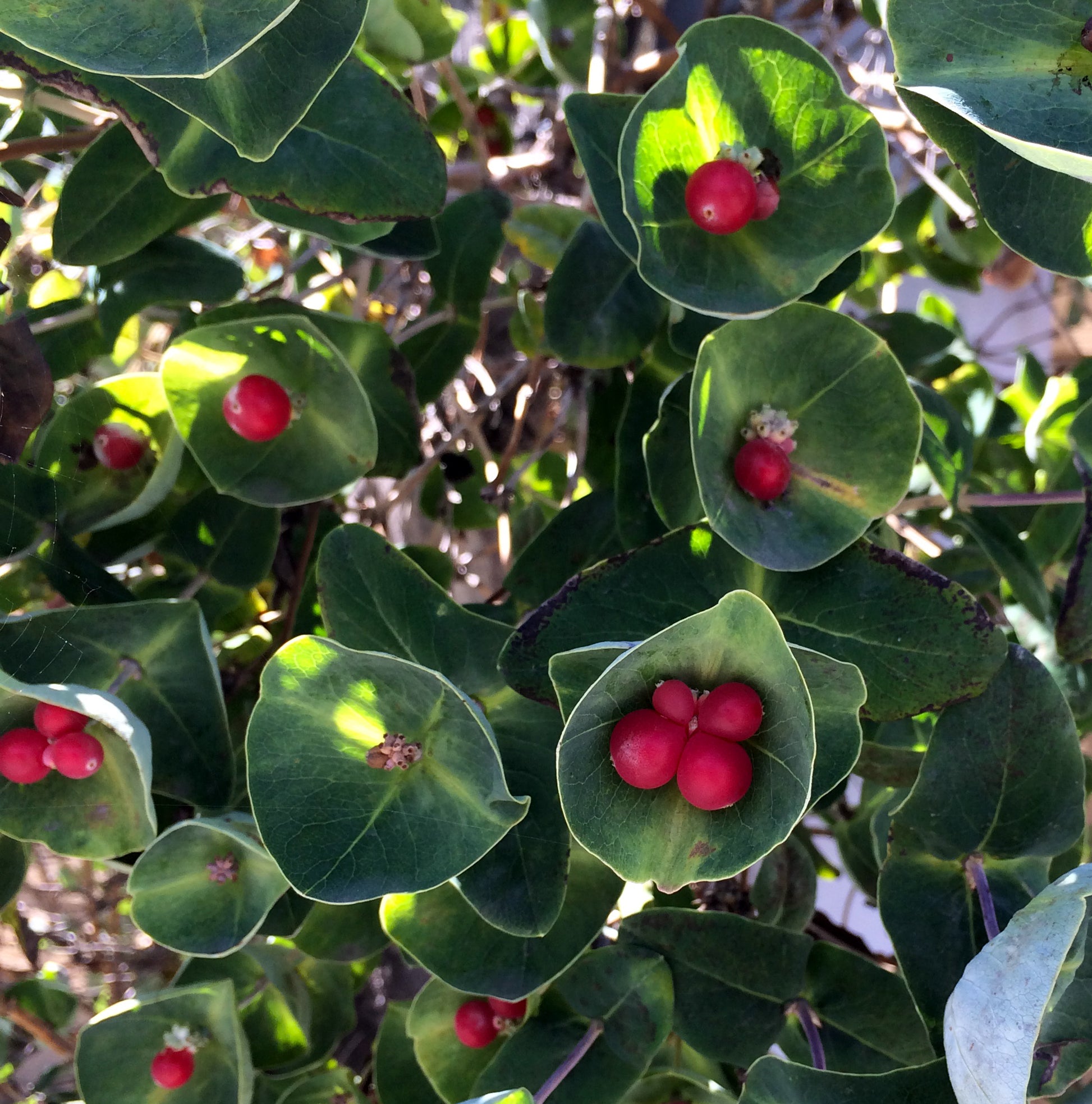Wild About Flowers
Lonicera dioica - Twining Honeysuckle
Lonicera dioica - Twining Honeysuckle
Couldn't load pickup availability
Twining Honeysuckle is a delicate yet vigorous climbing vine, reaching 10 feet or more, with pairs of oval-shaped leaves that often fuse together, creating a distinctive perfoliate appearance. In late spring to early summer, clusters of tubular apricot-colored flowers emerge, offering a nectar-rich feast for hummingbirds and pollinators. By late summer, its small, bright red berries provide food for cedar waxwings, robins, and other berry-eating birds. While not highly palatable, young shoots may occasionally be browsed, and if frequently trimmed or unsupported, the vine may take on a low, shrubby form.
This twining vine thrives in partial shade but readily grows into full sun, weaving through woodland edges and thickets, where it climbs among branches. It is an excellent choice for trellises, fences, or garden structures, though it may need some support to establish a strong grip. Its woody stems and less-palatable foliage help deter frequent browsing, offering moderate resistance to deer once established.
Bloom Times & Plant Sizes
Bloom Times & Plant Sizes
Important Information - The "Bloom Period" is an indicator of the time period within which the wildflowers will bloom and does not describe the time period that a single plant will bloom. The "Sizes" listed are intended to be a general guideline to consult during plant selection. - Plant growth and bloom times will vary depending on geographical location & individual site conditions.
Edible & Medicinal Info Disclaimer
Edible & Medicinal Info Disclaimer
The Edible & Medicinal information on this site is for informational purposes only and should not be acted on without thorough research and professional guidance. We are not responsible for any adverse effects resulting from the use of or misidentification of plants.
Share
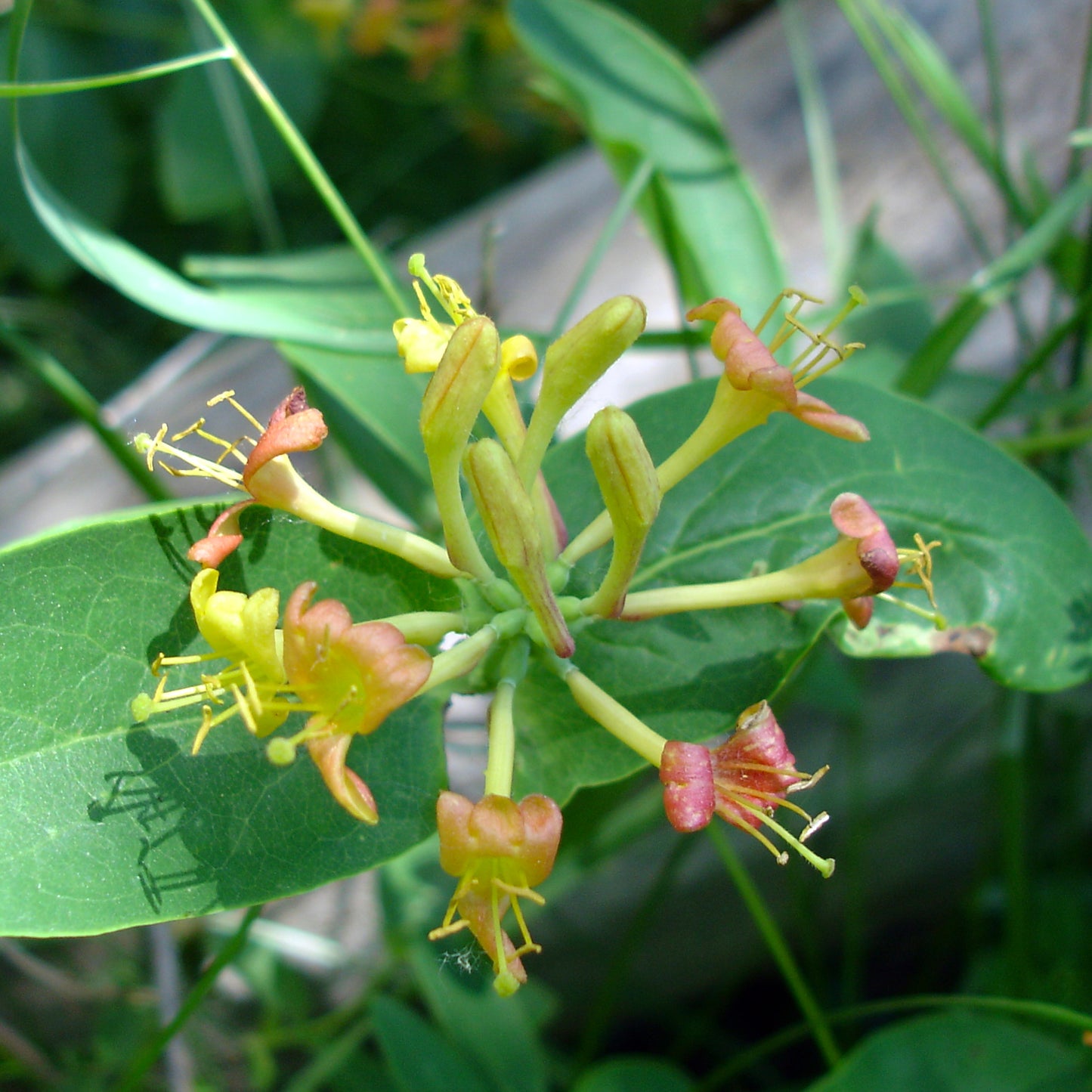
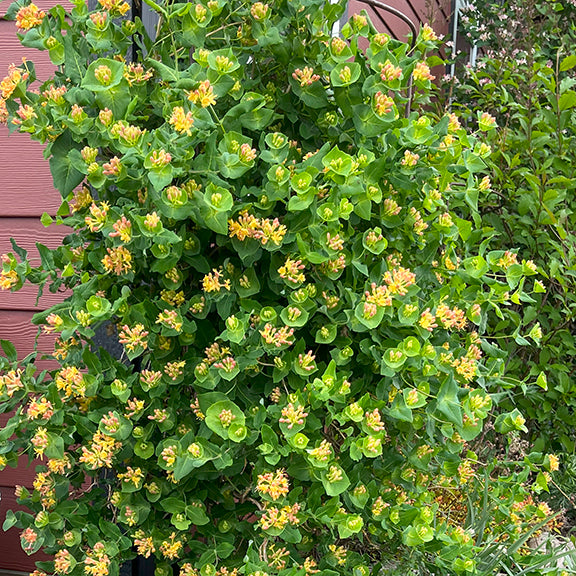
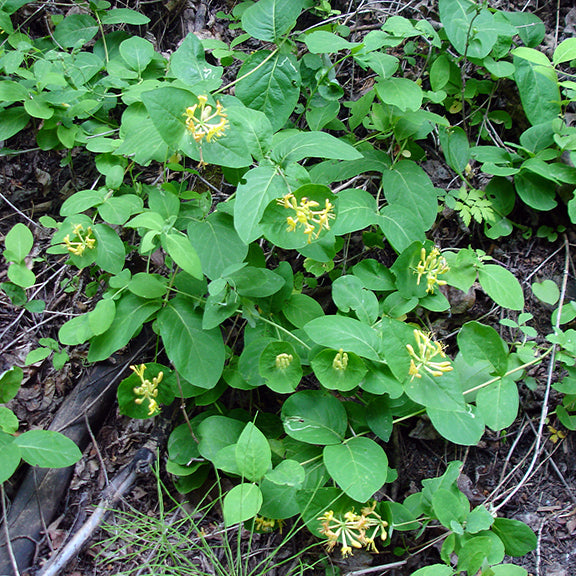
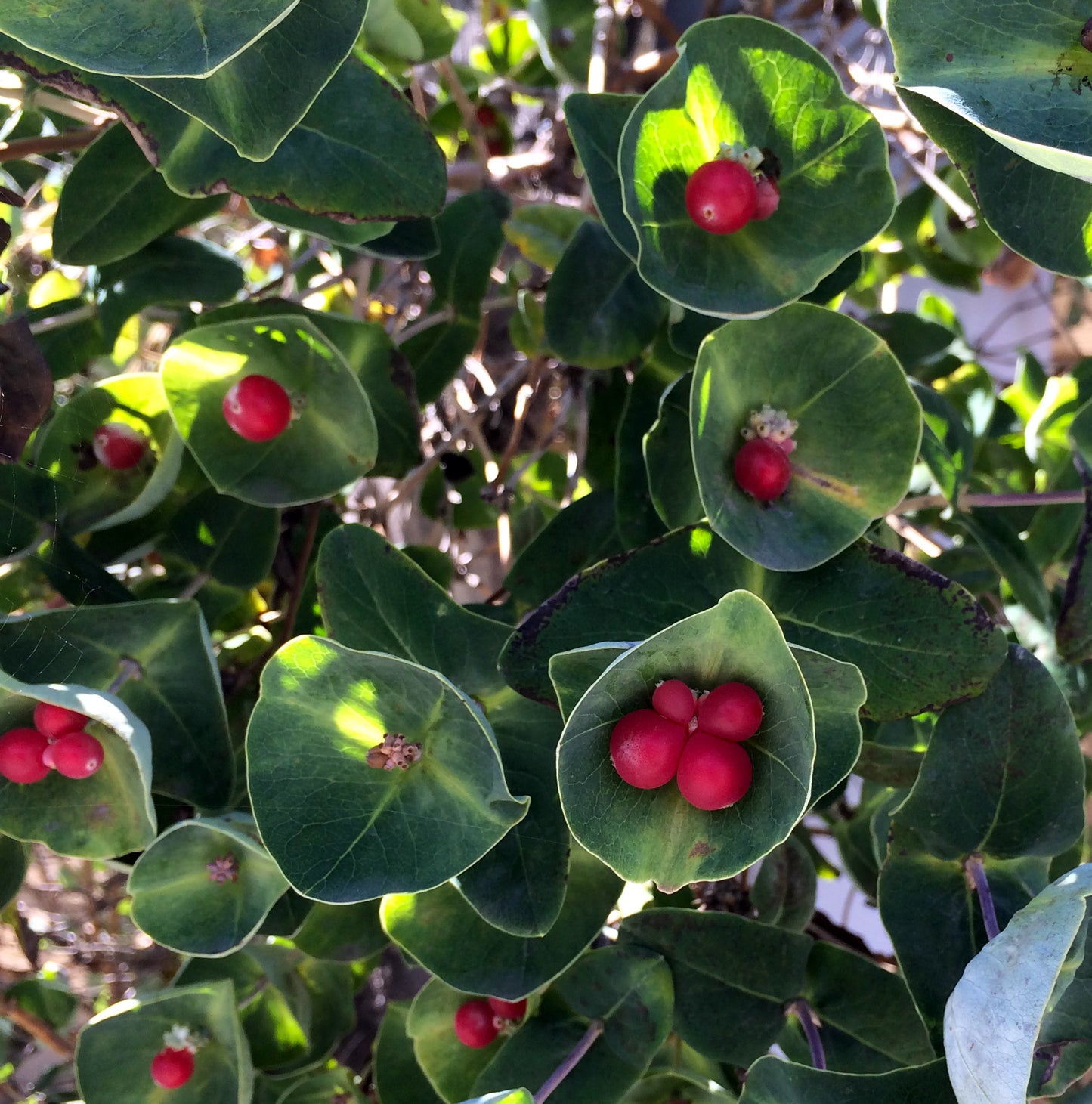
Plant Specifics
Seeds Per Pack
Seeds Per Package: 5
Light Conditions
- Sun
- Part Shade
Soil Conditions
- Well Drained
- Loam
- Sandy
- Gravelly
Height
Width
- 12" - 24"
- 24" - 36"
Bloom Colour
- Orange
- Yellow
Month of Bloom
- June
- July
Vigorousness
- Slow
- Moderate
Deer Resistance
- Moderate
Features
- Birds
- Butterflies
- Bees
- Berries
- Fall Color
- Urban Spaces
- Rural Spaces
- Medicinal Properties
- Toxic or Posionous Parts
- Good in Containers
Chinook Exposure
- Fully Exposed
Distribution Info
Lonicera dioica is native to provinces in Canada and occurs across the northern and eastern US. It thrives in open woodlands, thickets, forest edges, rocky slopes, and riparian areas.
Traditional Edible & Medicinal Info
Lonicera dioica was used for pain relief and inflammation, with leaf and stem infusions taken to reduce swelling and joint pain. Some Indigenous groups used tea from the plant to treat colds, sore throats, and congestion, while crushed leaves were applied as poultices for sores and rashes to aid healing. The plant is not considered highly toxic, but its berries should not be consumed, as they may cause mild digestive upset.

